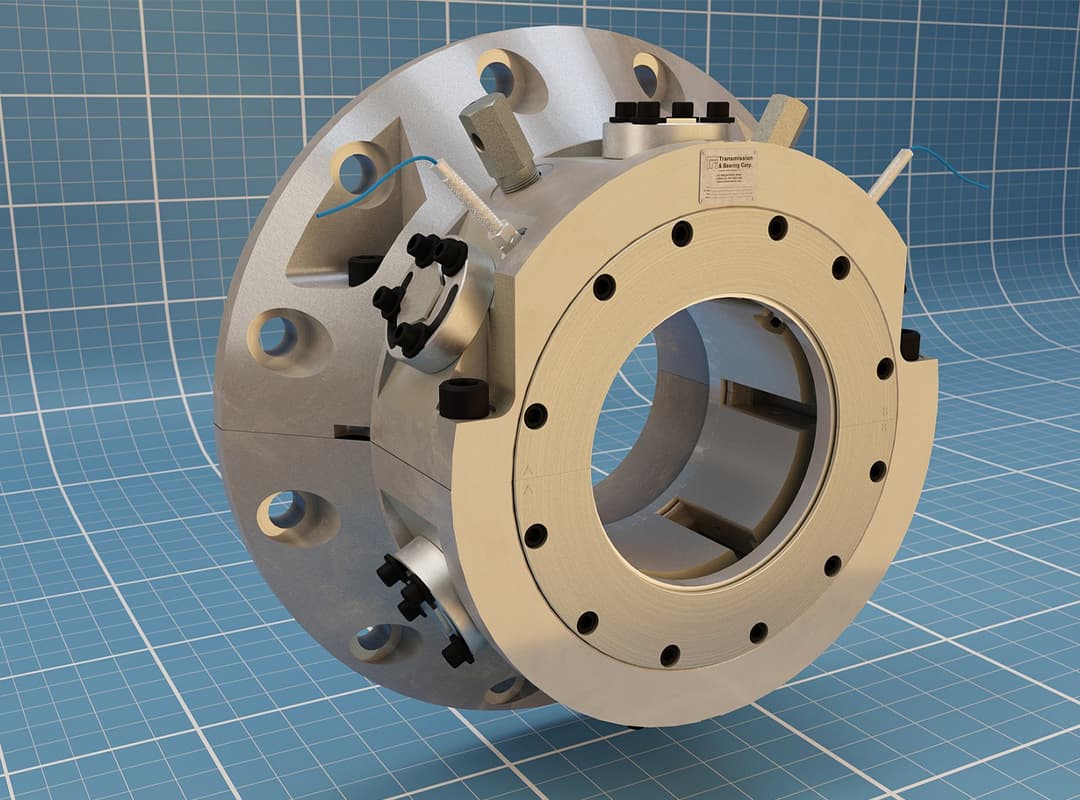Discrete Event Simulation (DES) has become an essential tool in modern logistics, enabling companies to model complex processes and optimize operations without disrupting ongoing activities. By simulating various scenarios and events that occur in supply chains, warehousing, and transportation networks, logistics professionals can identify bottlenecks, improve efficiency, and reduce costs. One standout example of the successful application of DES in logistics can be seen in the efforts of a global retailer to streamline its distribution network.
The Challenge
A major international retailer, known for its vast network of distribution centers and suppliers, faced a significant challenge: its growing customer demand was outpacing its logistical capacity. This resulted in delayed deliveries, stockouts, and increased transportation costs. To remain competitive in an increasingly fast-paced market, the company needed to overhaul its supply chain operations and improve the efficiency of its distribution centers. However, making these changes in real time without disrupting operations posed a serious risk.
The retailer turned to Discrete Event Simulation (DES) to address the problem. By creating a digital model of their logistics network, the company aimed to test different strategies, evaluate potential improvements, and make data-driven decisions—all without interrupting ongoing operations.
The Solution: Using DES to Optimize the Distribution Network
The first step was to build a comprehensive simulation model of the company’s distribution network, including suppliers, distribution centers, transportation routes, and inventory management systems. DES allowed the company to simulate the various “events” that occur in the logistics chain—such as the arrival of goods, loading and unloading times, transportation delays, and inventory handling. Each of these events was treated as a discrete occurrence, and their interactions were modeled in detail to capture the complexity of the system.
Some key areas where the simulation proved invaluable included:
- Identifying Bottlenecks: The simulation revealed that certain distribution centers were experiencing delays due to inefficient loading and unloading processes. These bottlenecks were slowing down the entire network, leading to delayed shipments and increased costs. By adjusting workflows and reassigning tasks within the simulation, the company was able to test different strategies for improving efficiency.
- Optimizing Inventory Levels: Another challenge was optimizing the inventory levels at different distribution centers. The company struggled with stock imbalances, where some locations would run out of products while others had excess. Using DES, the company could simulate demand patterns and inventory movements to find the optimal stock levels for each distribution center. This led to improved product availability and reduced stockouts.
- Improving Transportation Efficiency: Transportation is a major cost driver in logistics. The simulation helped the retailer evaluate different transportation strategies, such as consolidating shipments, optimizing routes, and adjusting delivery schedules. The company was able to reduce transportation costs by identifying the most efficient routes and better coordinating delivery times with customer demand.
The Results
The application of Discrete Event Simulation led to significant improvements in the retailer’s logistics operations. Key outcomes included:
- Reduced Delivery Times: By optimizing workflows at distribution centers and improving inventory management, the company was able to reduce delivery times by 15%. This had a direct impact on customer satisfaction and retention.
- Cost Savings: The simulation identified several inefficiencies in transportation and warehouse operations. By addressing these issues, the company achieved a 10% reduction in overall logistics costs. This included savings in fuel costs, reduced need for overtime labor, and lower inventory holding costs.
- Scalability: The DES model proved to be a valuable tool for long-term planning. As the company expanded into new regions and markets, the simulation allowed them to test new distribution strategies and adjust to increasing demand without significant disruptions to their existing network.
Lessons Learned from the Project
This successful application of Discrete Event Simulation provided the retailer with key insights and benefits:
- Data-Driven Decisions: Instead of relying on guesswork or manual calculations, the company used a data-driven approach to make strategic decisions. The DES model provided clear insights into which areas needed improvement and what the impact of those changes would be.
- Risk Mitigation: One of the biggest advantages of simulation is the ability to test different scenarios without real-world risks. The retailer was able to experiment with new distribution strategies, inventory levels, and transportation routes without disrupting ongoing operations, ensuring that all changes made would result in positive outcomes.
- Continuous Improvement: The success of this simulation project encouraged the company to continue using DES for ongoing improvement. Simulation models can be updated and refined over time, allowing businesses to adapt to changing market conditions, new technologies, and evolving customer demands.
The Role of DES in Modern Logistics
Discrete Event Simulation has proven to be an invaluable tool for modern logistics. Its ability to model complex systems and test various scenarios makes it ideal for companies looking to optimize their supply chains and distribution networks. As industries continue to face new challenges—from increasing consumer demand to global supply chain disruptions—simulation will remain a critical part of logistics strategy.
At the Simulate 2015 conference, experts highlighted how DES was revolutionizing supply chain management by providing insights into process efficiencies, cost savings, and risk reduction. This retailer’s success story demonstrates the practical impact of DES in a real-world setting, and the lessons learned from this case can serve as a model for other organizations looking to improve their logistics operations.
The successful use of Discrete Event Simulation by this major retailer showcases how powerful this tool can be in optimizing logistics operations. By simulating events in the supply chain, from warehouse operations to transportation logistics, companies can make informed decisions, reduce costs, and improve service delivery. As technologies and markets continue to evolve, the use of simulation will only grow, enabling businesses to remain agile and responsive to the challenges of modern logistics.



